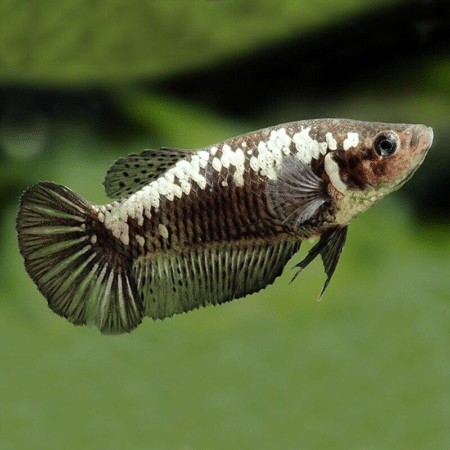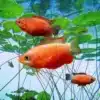-
×
-
×
-
×
-
×
Subtotal: £165.48





















Emily Carter (verified owner) –
I recently added the Rainbow Dwarf Gourami to my 20-gallon freshwater setup, and I’m absolutely thrilled! These little guys are not only stunning to look at with their vibrant colors, but they also have such unique personalities. After about two weeks, I’ve noticed how they interact with both my Betta fish and other tropical fish, making for a lively community. They’re peaceful and non-aggressive, which is a huge plus in my mixed tank.
I’ve had experience with other gouramis, but the Rainbow Dwarf Gourami truly stands out because of its beautiful coloration and calm demeanor. They seem to thrive in the planted areas of the tank, often darting between the leaves. Overall, shipping was prompt, and they arrived healthy and vibrant, which I love to see.
For anyone considering an easy-to-care-for fish that adds color and movement to a freshwater setup, I highly recommend these little wonders! Just make sure your tank has plenty of hiding spots to keep them happy. I can’t wait to see how they continue to flourish!
Emily Carter (verified owner) –
I recently added a Rainbow Dwarf Gourami to my community tank, and I couldn’t be happier with my choice! After a week of letting him settle in, he’s already displaying vibrant colors and a delightful personality. His peaceful nature complements my betta fish and neon tetras perfectly, creating a harmonious environment. This little guy loves to explore the plants and driftwood, which adds so much character to my tank.
One of the things I appreciate most is that he seems to thrive in similar water conditions as my other freshwater fish, making him an easy addition. However, I did notice he can be a bit shy at first, so a well-planted tank really helps him feel secure.
I highly recommend the Rainbow Dwarf Gourami for anyone looking to enhance their aquarium’s aesthetics and create a lively community. Just ensure you have some cover with plants, as they thrive in environments where they can hide. I would definitely purchase another in the future!
Overall, this fish is stunning and has brought so much joy to my little aquatic world.